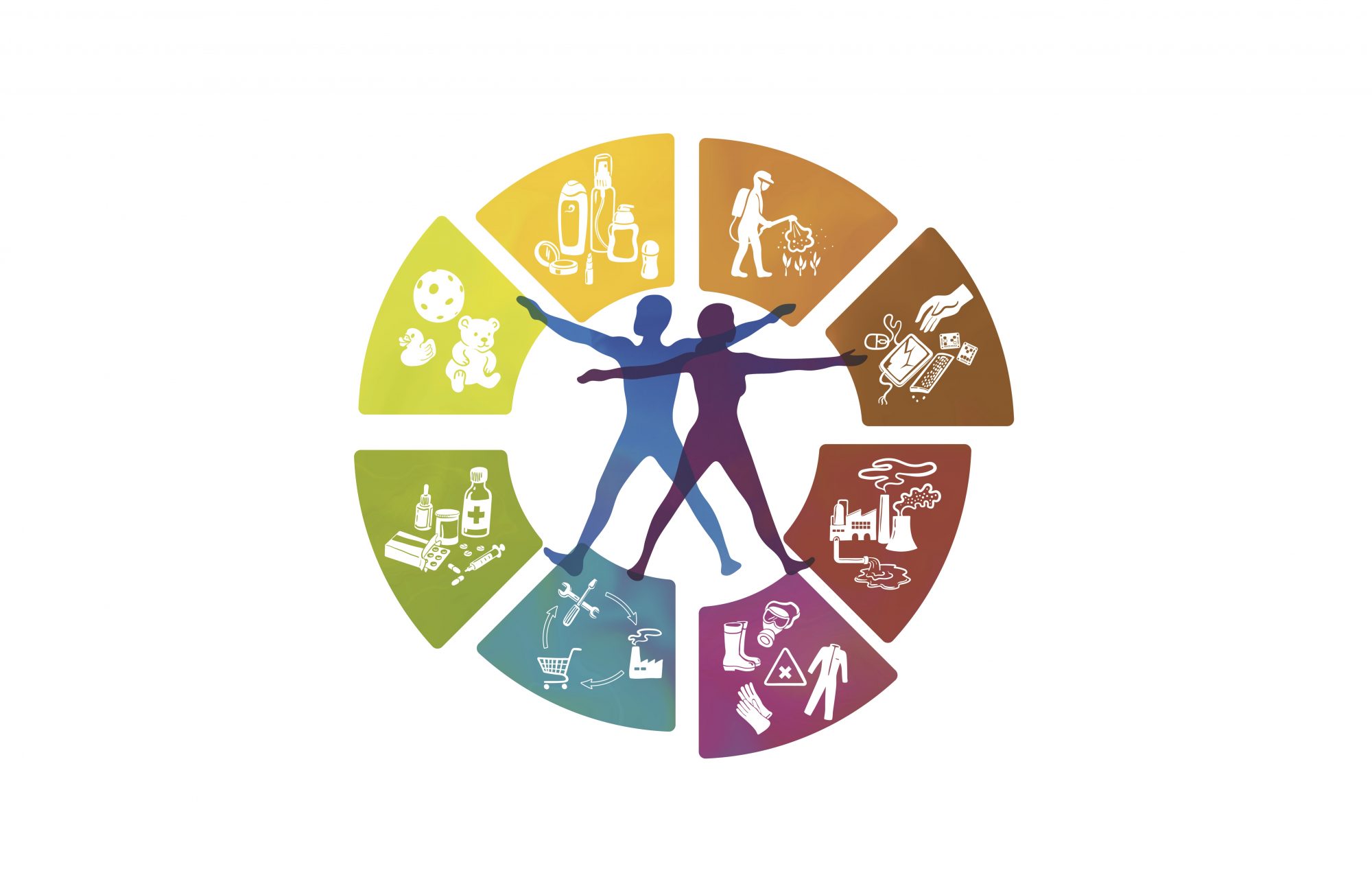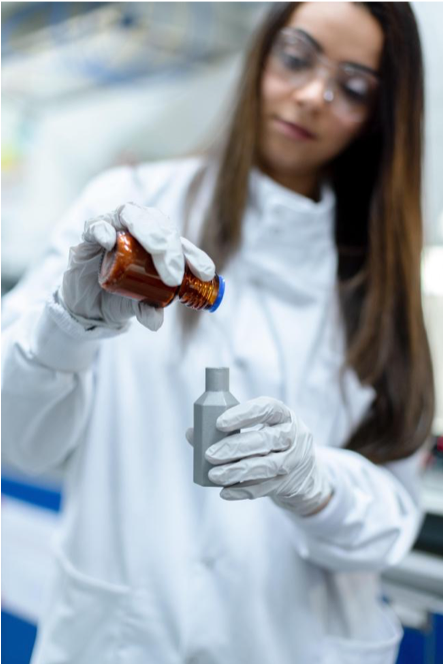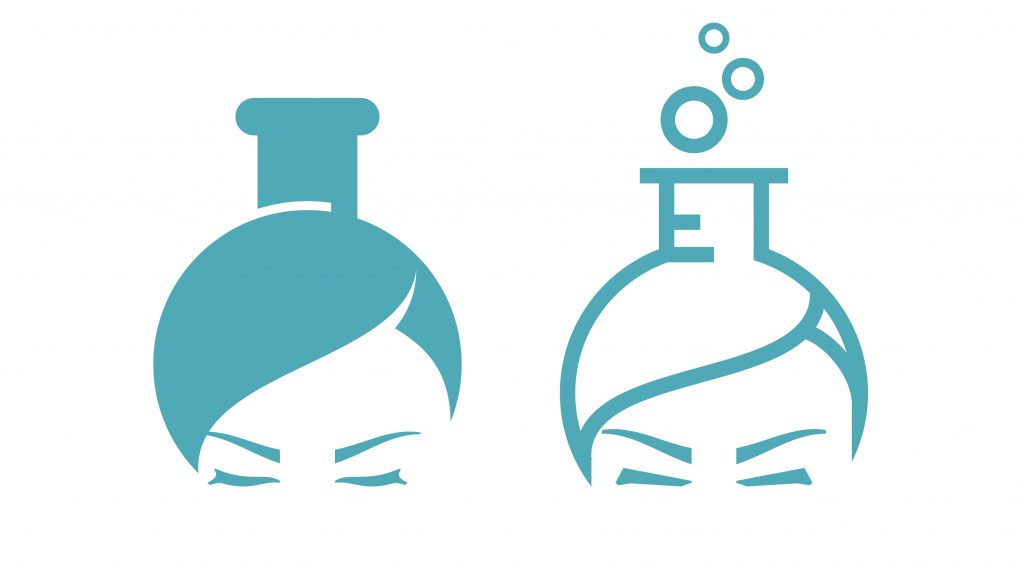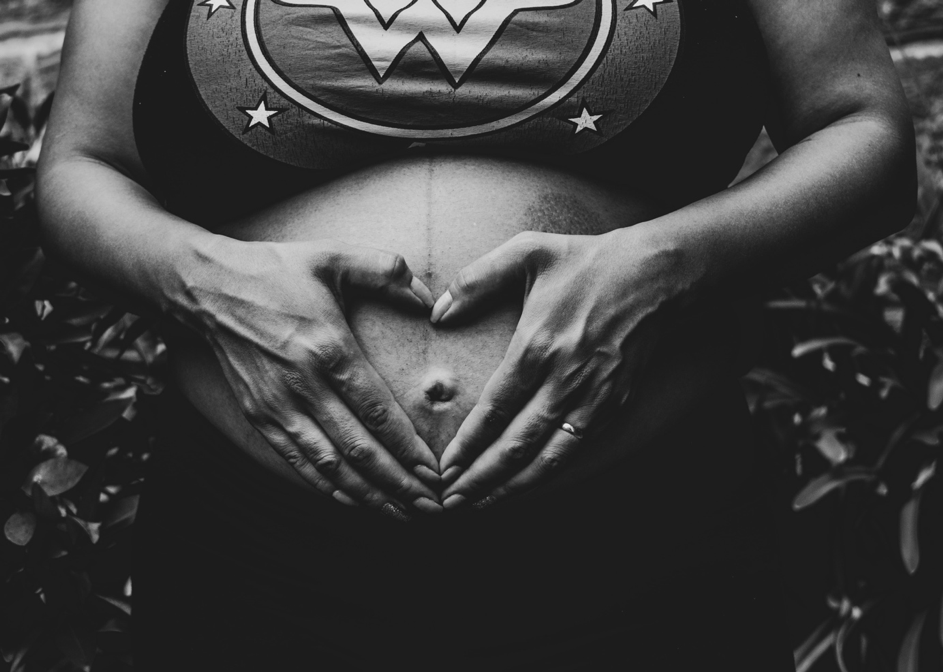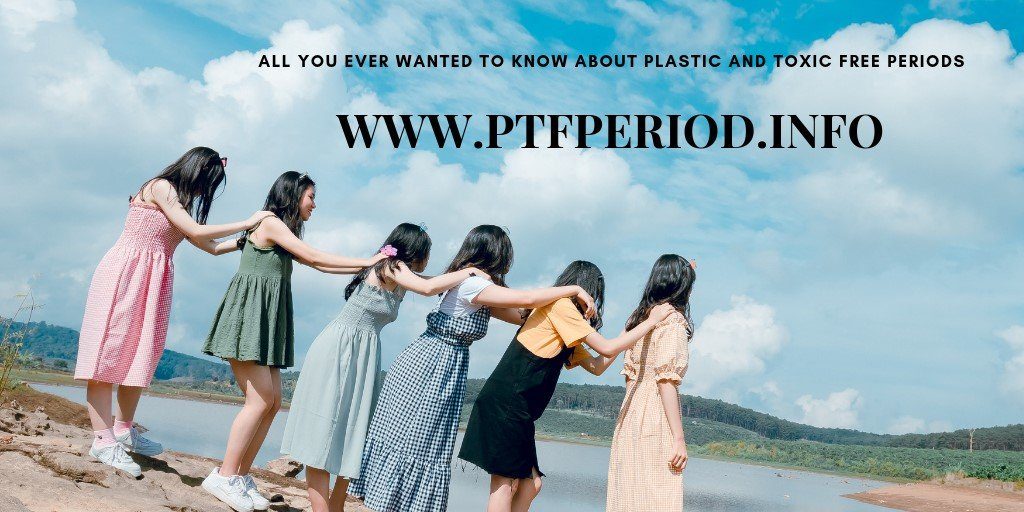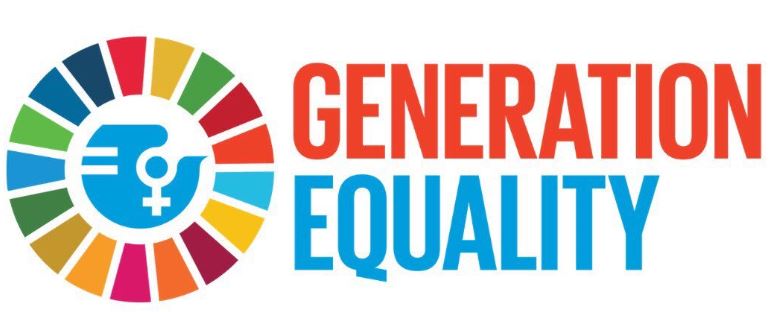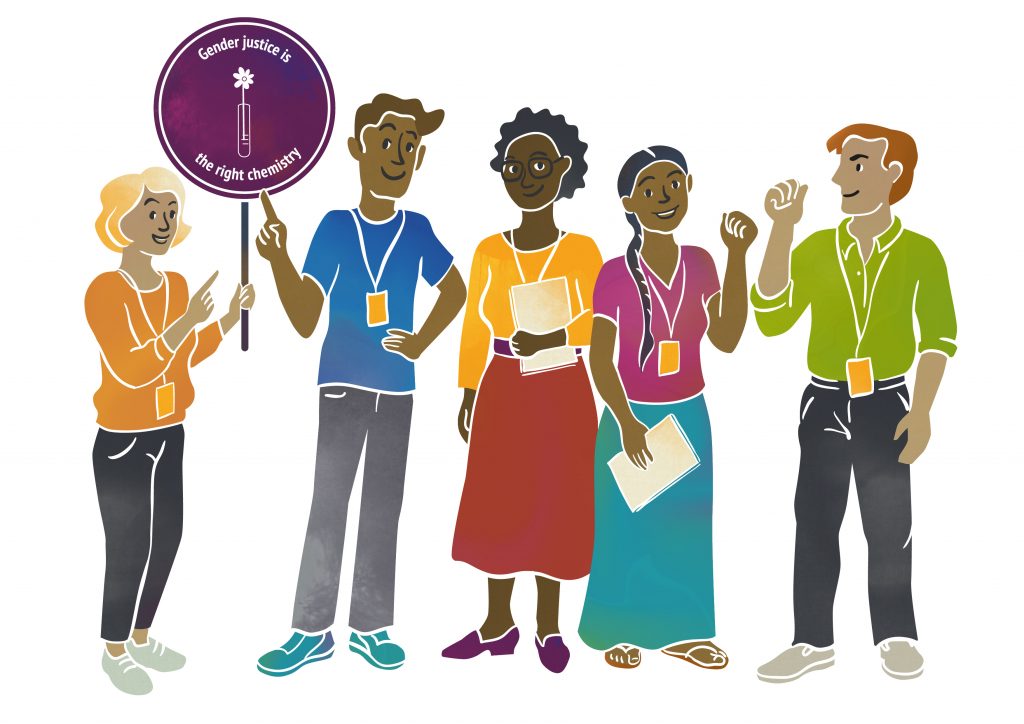#Expert-Blog Series: How to create a gender-just-healthy planet
by Pia Cimander, Student Assistant at MSP Institute

When a heterosexual couple is planning on having a baby, it is most likely that the woman will stop taking her contraception and stop unhealthy habits such as smoking or drinking alcohol. The people surrounding the woman are likely to encourage her with this and giving her lots of (sometimes unwanted) advice for a healthy (pre-)pregnancy. But when the attempts to conceive a child fail, it is usually the women who undergo examinations and tests to identify the reasons.[i] However, a 2012 study from the Centers for Disease Control and Prevention in the United States[ii] showed that only one third of infertility cases are caused by female reproductive problems: one third of infertility cases are caused by problems on the male side, and one third by factors on both sides or reasons unknown.[iii]
Research has identified the time period around conception as being crucial for the processes mediating parental influences on the health of the next generation. Parental lifestyle can adversely influence long-term risks of offspring cardiovascular, metabolic, immune, and neurological morbidities.[iv] Smoking, drug abuse, alcohol consumption and exposure to harmful chemicals at home or at the workplace can influence pregnancy outcomes such as miscarriage, lower birth weight, birth defects and childhood illnesses.[v]This means as well, that men’s’ sperm quality suffers from such influences (e.g. endocrine-disrupting chemicals, including bisphenol A)[vi] and can reduce the number of functional sperm, which can affect the unborn children’s health.[vii] With better general education on men’s health, the likelihood of health risks in the important phase before conception could be reduced – which, of course, would be very much in the interest of parents-to-be. But these issues seem to be quite taboo. Why? What is it about male reproductive health that there is almost no public awareness or discourse?
Men’s health is often associated with fitness, an athletic body shape, and a certain body type. Thus, health is associated with specific physical characteristics rather than holistic health. This is also reflected in the widespread disregard of health complaints and the infrequent seeking of medical advice among men.[viii]
A 2019 study by the American Mens Healh Journal explored the lack of using health care in a group of married and heterosexual men. Large disparities were associated with men having a higher risk for mortality and morbidity. One of the reasons is that men use less preventive health care services than women and don’t seek immediate treatment for many health problems. This is often due to traditional gender roles and also influenced by structural inequalities like social class, race or age in an intersectional way.[ix]
In a 2019 survey in the US, 14,9% of men aged over 18 were found to be in fair or poor health.[x] The lack of health education seems to be one of the main reasons for this.[xi] Medical research and the medical profession seem to have largely ignored men’s health and men’s reproductive health since the beginning of medicine as a formal profession in the 19th century and the development of medical specializations.[xii] The American Medical Association was founded in 1847 and soon after, medical doctors started specializing.[xiii] The female reproductive health was identified as seperate field of health research and medicine, but not male reproductive health.[xiv] Hence, one of the reasons for the widespread lack of male health education is inadequate research. Closing the knowledge and education gaps and focusing on men’s health to the same extent as women’s would not only help to reduce prejudice and facilitate access to male-specific medical help, but also identify and anticipate potential factors that cause reduced fertility.
In addition to the lack of knowledge among citizens, cultural concepts and structural inequalities also lead to health problems among men. There is a global increase in male sexual disorders[xv], including penile disorders, erectile dysfunction, balanitis, prostate cancer, genital urethral discharge and sexually transmitted infections. These conditions might not be life-threatening, but they are rarely reported and associated with social stigma, especially where open communication about sexual health are uncommon. Couples facing infertility may experience shame, especially in traditional societies where the importance of masculinity and patriarchy remain strong and childlessness is greatly stigmatized.[xvi] In a report about the US Military Health System that examined male infertility in active US armed forces between 2013 und 2017, non-Hispanic black men aged 30-34 had the highest infertility rates.[xvii] The reasons why men from non-white and non-Western backgrounds tend to have a higher risks of infertility may be multiple and include, for example, health education and health care, lack of awareness and traditional taboos. In a webinar of the Collaborative on Health and the Environment held in May 2021[xviii] , additional reasons were highlighted, among them being a lack of trust in the U.S. medical health care system among black populations which can results in less frequent participation in studies. Reproductive research often focuses on with comparatively wealthy, white individuals who can afford specialized diagnostic and treatment. Reports such as the one by Nathan McCray, Heather Young and Michael Irwig from 2020 on the association of race, obesity, and sperm quality among men are still rare – more (intersectional) data and research on men’s reproductive health is urgently needed .[xix]
Conclusions
When focusing the attention on reproductive health, we should not only see it as a women’s issue. Especially when it is about reproductive health, awareness-raising on how men’s health can affect fertility and children’s health could make a big difference. There is a need to promote male health. Medical research and development needs to improve so that men have easy access to information and care from the beginning, including through sex education. Men’s (health) participation in the period before child conception is essential. For example, health apps and fertility trackers could also be tailored to men. On a societal level, structural investments need to ensure everybody’s access to high quality and affordable health care. As societies, we need to overcome stigmatization and stop seeing men only as strong and unbreakable whose health is solely linked to physical fitness. It won’t be possible to reduce reproductive risks to zero. But paying more attention to men’s reproductive health has the potential to improve many lives in this generation and for generations to come.
Of course, there are many more aspects and things to know about male reproductive health. Below are some useful links and references to help you dive deeper into the topic:
Dr. Shanna Swan, Stacey Colino (2021): Count Down How Our Modern World Is Threatening Sperm Counts, Altering Male and Female ReproductiveDevelopment, and Imperiling the Future of the Human Race: https://www.shannaswan.com/
IPPF-International Planned Parenthood Federation: Launch of first global sexual and reproductive health service package for men and adolescent boys: https://www.ippf.org/blogs/launch-first-global-sexual-and-reproductive-health-service-package-men-and-adolescent-boys
Male childlessness: “You think, If I’m not reproducing – then what am I?” The Guardian, 17.11.2018, https://www.theguardian.com/lifeandstyle/2018/nov/17/male-childlessness-not-reproducing-what-am-i
Male Reproductive Health Crisis: Endocrine Disrupting Chemicals and Racial Inequities: https://www.youtube.com/watch?v=TtvYHzCFTag&t=3569s (Last accessed: date)
MEMAH – Men Educating Men About Health: https://meneducatingmen.org/health-education/
RW Fisher, Jane; Hamarberg, Karin: Psychological and social aspects of infertility in men: https://www.ncbi.nlm.nih.gov/pmc/articles/PMC3735147/ (last accessed: 15.12.2021)
Richard G. Bribiescas (2017): How Men Age. What Evolution Reveals about Male Health and Mortality: https://www.degruyter.com/document/doi/10.1515/9781400883264/html
Campbell, Leah: Why Aren’t More men Aware of Their Fertility Status?: https://www.healthline.com/health-news/why-arent-more-men-aware-of-their-fertility-status (last accessed: 15.12.2021)
Sources:
Amoo, Emmanuel; Omideyi, Adekunbi; Fadayomi, Theophilus et al. (2017): Male reproductive health challenges: appraisal of wives coping strategies, Reproductive Health 14, 90. DOI: https://doi.org/10.1186/s12978.017-0341-2.
Ariba, AJ; Oladapo, OT; Iyaniwuar, CA et al. (2007): Management of erectile dysfunction: perceptions and practices of Nigerian primary care clinicians. South African Family Practice, 49:9, 16-16d, DOI:10.1080/20786204.2007.10873632.
Collaborative on Health and the Environment (2021): Male Reproductive Health Crisis: Endocrine Disrupting Chemicals and Racial Inequities, https://www.youtube.com/watch?v=TtvYHzCFTag&t=3569s, last seen: 08.11.2021.
Eunice Kennedy Shriver National Institute of Child Health and Human Development (2016): URL, https://www.nichd.nih.gov/health/topics/menshealth/conditioninfo/infertility#f4, last seen: 28.10.2021.
Fleming, Tom; Watkins, Adam; Velazquez, Miguel et al. (2018): Origins of lifetime health around the lifetime of conception: causes and consequences, DOI: https://doi.org/10.1016/S0140-6736(18)30312-X.
Howard, Jacqueline (2018): How dad’s pre-conception health can affect the baby, too. URL: https://edition.cnn.com/2018/04/16/health/dad-health-baby-preconception-study/index.html, last seen: 04.11.1021.
McCray, Nathan; Young, Heather, Irwig, Michael (2020): The Association Between Race, Obesity, and Sperm Quality Among Men Attending a University Physician Practice in Washington, DC, American Journal of Men’s Health, 14/3, DOI: https://doi.org/10.1177/1557988320925985.
Mitchell, Kirstin; King, Micheal; Nazareth, Irwin et al. (2011): Managing Sexual Difficulties: A Qualitative Investigation of Coping Strategies, The Journal of Sex Research, 45:4, 325-333, DOI: 10.1080/00224499.2010.494332.
National Center for Health Statistics (2021). URL: https://www.cdc.gov/nchs/fastats/mens-health.htm, last seen: 04.11.2021.
Noone, Jack H.; Stephens, Christine (2008): Men, masculine identities, and health care utilization, URL: https://onlinelibrary.wiley.com/doi/full/10.1111/j.1467-9566.2008.01095.x, last seen: 28.10.2021.
Novak, Josh R.; Peak, Terry; Gast, Julie, Arnell, Melinda (2019): Associations Between Masculine Norms and Health-Care Utilization in Highly Religious, Heterosexual Men, In: American Journal of Men’s Health, 2019 May-Jun; 13 (3), URL: https://www.ncbi.nlm.nih.gov/pmc/articles/PMC6560804/#bibr18-1557988319856739, last seen: 02.11.2021.
Resolve: Male Factor, URL: https://resolve.org/infertility-101/medical-conditions/male-factor/, last seen 05.11.2021.
Ross, C. E., Masters, R. K., & Hummer, R. A. (2012). Education and the gender gaps in health and mortality. Demography, 49(4), 1157–1183. https://doi.org/10.1007/s13524-012-0130-z.
Shannon, Jette (2011): Exercising caution: the production of medical knowledge about physical exertion during pregnancy, DOI: 10.3138/cbmh.28.2.293.
Sharma, A., Mollier, J., Brocklesby, R., Caves, C., Jayasena, C. N., & Minhas, S. (2020). Endocrine-disrupting chemicals and male reproductive health. Reproductive medicine and biology, 19(3), 243–253. https://doi.org/10.1002/rmb2.12326.
Stephenson, Judith; Heslehurst, Nicola, Hall, Jennifer et al. (2018): Before the beginning: nutrition and lifestyle in the preconception period and its importance for future health, DOI: https://doi.org./10.1016/S0140-6736(18)30311-8.
UN Environment Programme (2021): Human right to a healthy environment: https://www.unep.org/news-and-stories/story/landmark-un-resolution-confirms-healthy-environment-human-right
US Centers for Disease Control and Prevention (2021): URL: https://www.cdc.gov/reproductivehealth/infertility/, last seen: 28.10.2021.
Williams, Valerie; Atta, Irene; Stahlman, Shauna (2019): Brief Report: Male Infertility, Active Component, U.S. Armed Forces, 2013-2017, URL: https://www.health.mil/News/Articles/2019/03/01/Male-Infertility?type=Infographics, last seen: 04.11.2021.
YaleNews (2020): ‘GUYnecology’: Why men’s reproductive health matters, URL: https://news.yale.edu/2020/09/15/guynecology-why-mens-reproductive-health-matters, last seen: 04.11.2021.

[i] Resolve: Male Factor, URL: https://resolve.org/infertility-101/medical-conditions/male-factor/, last seen 05.11.2021.
[ii] Centers for Disease Control and Prevention (2021): URL: https://www.cdc.gov/reproductivehealth/infertility/, last seen: 28.10.2021.
[iii] Eunice Kennedy Shriver National Institute of Child Health and Human Development (2016): URL, https://www.nichd.nih.gov/health/topics/menshealth/conditioninfo/infertility#f4, last seen: 28.10.2021.
[iv] Fleming, Tom; Watkins, Adam; Velazquez, Miguel et al. (2018): Origins of lifetime health around the lifetime of conception: causes and consequences, DOI: https://doi.org/10.1016/S0140-6736(18)30312-X.
[v] Howard, Jacqueline (2018): How dad’s pre-conception health can affect the baby, too. URL: https://edition.cnn.com/2018/04/16/health/dad-health-baby-preconception-study/index.html, last seen: 04.11.1021.
[vi] Sharma, A., Mollier, J., Brocklesby, R., Caves, C., Jayasena, C. N., & Minhas, S. (2020). Endocrine-disrupting chemicals and male reproductive health. Reproductive medicine and biology, 19(3), 243–253. https://doi.org/10.1002/rmb2.12326.
[vii] Stephenson, Judith; Heslehurst, Nicola, Hall, Jennifer et al. (2018): Before the beginning: nutrition and lifestyle in the preconception period and its importance for future health, DOI: https://doi.org./10.1016/S0140-6736(18)30311-8.
[viii] Noone, Jack H.; Stephens, Christine (2008): Men, masculine identities, and health care utilization, URL: https://onlinelibrary.wiley.com/doi/full/10.1111/j.1467-9566.2008.01095.x, last seen: 28.10.2021.
[ix] American Journal of Men’s Health (2019): Associations Between Masculine Norms and Health-Care Utilization in Highly Religious, Heterosexual Men, URL: https://www.ncbi.nlm.nih.gov/pmc/articles/PMC6560804/#bibr18-1557988319856739, last seen: 02.11.2021.
[x] National Center for Health Statistics (2021). URL: https://www.cdc.gov/nchs/fastats/mens-health.htm, last seen: 04.11.2021.
[xi] Ross, C. E., Masters, R. K., & Hummer, R. A. (2012). Education and the gender gaps in health and mortality. Demography, 49(4), 1157–1183. https://doi.org/10.1007/s13524-012-0130-z.
[xii] YaleNews (2020): ‘GUYnecology’: Why men’s reproductive health matters, URL: https://news.yale.edu/2020/09/15/guynecology-why-mens-reproductive-health-matters, last seen: 04.11.2021.
[xiv] Shannon, Jette (2011): Exercising caution: the production of medical knowledge about physical exertion during pregnancy, DOI: 10.3138/cbmh.28.2.293.
[xv] Mitchell, Kirstin; King, Micheal; Nazareth, Irwin et al. (2011): Managing Sexual Difficulties: A Qualitative Investigation of Coping Strategies, The Journal of Sex Research, 45:4, 325-333, DOI: 10.1080/00224499.2010.494332.
[xvi] Amoo, Emmanuel; Omideyi, Adekunbi; Fadayomi, Theophilus et al. (2017): Male reproductive health challenges: appraisal of wives coping strategies, Reproductive Health 14, 90. DOI: https://doi.org/10.1186/s12978.017-0341-2.
[xvii] Williams, Valerie; Atta, Irene; Stahlman, Shauna (2019): Brief Report: Male Infertility, Active Component, U.S. Armed Forces, 2013-2017, URL: https://www.health.mil/News/Articles/2019/03/01/Male-Infertility?type=Infographics, last seen: 04.11.2021.
[xviii]
Collaborative on Health and the Environment (2021): Male Reproductive Health Crisis: Endocrine Disrupting Chemicals and Racial Inequities, https://www.youtube.com/watch?v=TtvYHzCFTag&t=3569s, last seen: 08.11.2021.
[xix] McCray, Nathan; Young, Heather, Irwig, Michael (2020): The Association Between Race, Obesity, and Sperm Quality Among Men Attending a University Physician Practice in Washington, DC, American Journal of Men’s Health, 14/3, DOI: https://doi.org/10.1177/1557988320925985.
